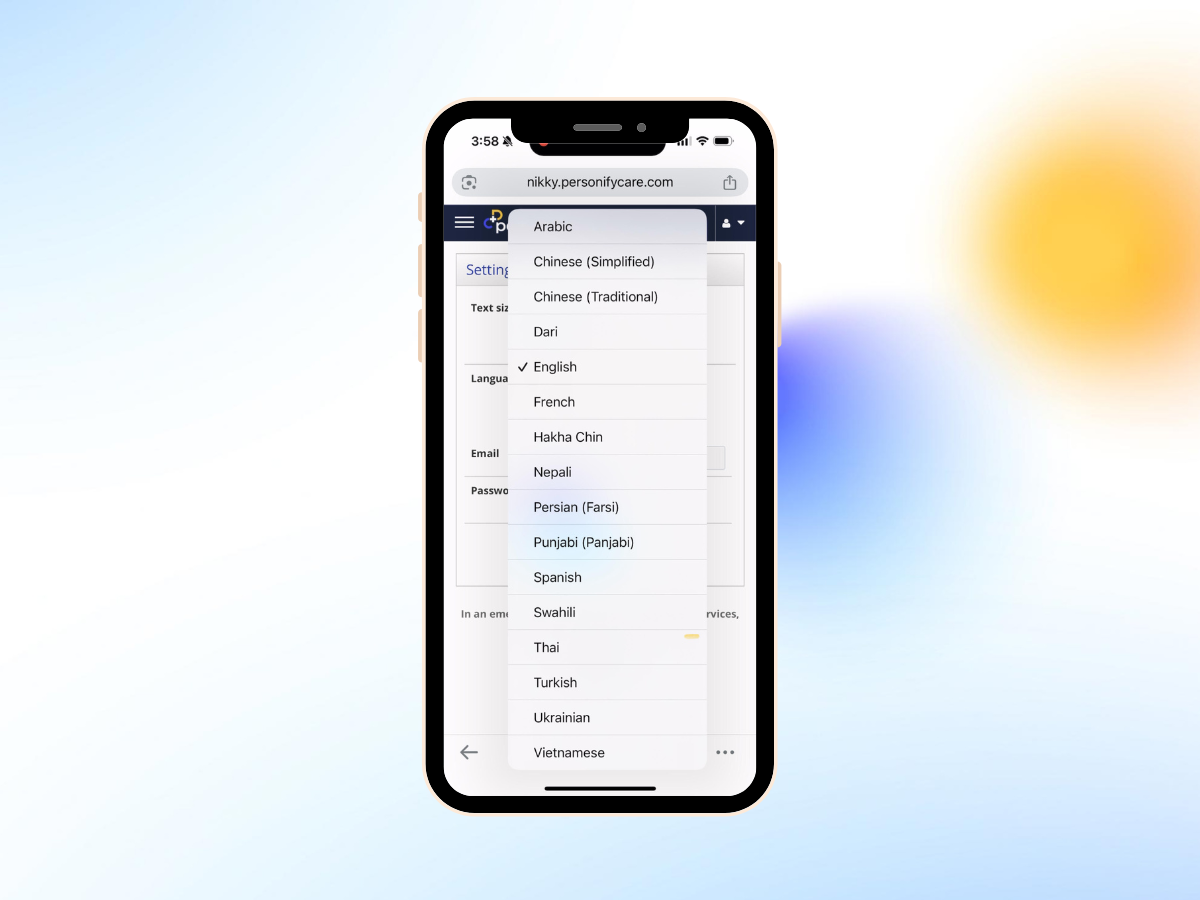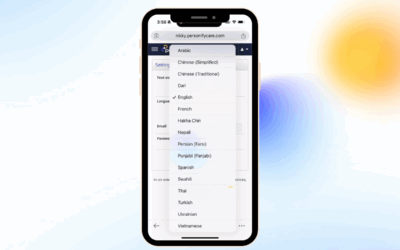This isn’t resistance for resistance’s sake. Most clinicians embrace change when it improves patient outcomes. Their hesitation comes from lived experience: technology projects that failed to deliver, added to their workload, or overlooked the realities of hospital workflow.
Acknowledging these fears is the first step to overcoming them. In fact, addressing digital health change barriers directly is often the difference between a tool that gets shelved and one that transforms care.
Let’s explore the seven most common concerns clinical teams express about going digital and how healthcare leaders can help ease the transition.
Table of Contents
- Fear 1: “It will add to my workload.”
- Fear 2: “It will take away from patient care.”
- Fear 3: “Patients won’t use it.”
- Fear 4: “It won’t integrate with our existing systems.”
- Fear 5: “It will compromise patient safety.”
- Fear 6: “It will be too hard to implement.”
- Fear 7: “This is just another IT project.”
- What Successful Change Adoption Looks Like
- How Personify Care Supports Change Leaders
- Moving Forward
Fear 1: “It will add to my workload.”
For clinicians already stretched thin, the thought of extra logins, new forms, or additional data entry is daunting. Many digital systems have historically done exactly that: duplicated effort instead of streamlining it.
The response: A well-designed digital patient pathway doesn’t pile on more admin. Instead, it removes repetitive tasks like chasing forms, making reminder calls, or re-entering data. According to the Personify Care Digital Pathways Guide, staff can reduce administrative burden by up to 80% simply by automating routine pre-admission, consent, and discharge processes..
Fear 2: “It will take away from patient care.”
Technology is sometimes perceived as a barrier between patients and clinicians. Screens replace eye contact, or portals send generic information instead of personalised guidance.
The response: Digital maternity and surgical pathways actually extend care beyond hospital walls, ensuring patients receive tailored instructions, reminders, and education at the right time. This means that when clinicians are face-to-face with patients, they can focus on clinical conversations rather than administrative housekeeping.

Fear 3: “Patients won’t use it.”
Not every patient is young, tech-savvy, or fluent in English. Clinical teams worry that digital tools might alienate vulnerable groups and create inequities in access to care.
The response: Patient-centric digital pathways are designed to be simple, mobile-first, and inclusive. They can incorporate multimedia, multiple languages, and accessibility features. Feedback from the BHFLHN team reflects how their digital pathway reshaped patient communication: “Our team is easily able to identify any patient concerns, surface cultural needs and detect clinical risks earlier.” This underscores how tailoring digital patient pathways can surface issues early on and support equitable care delivery.
Fear 4: “It won’t integrate with our existing systems.”
Hospital IT ecosystems are complex, often with legacy EMRs, PAS systems, and bespoke databases. Staff fear that new tools will sit siloed, forcing them to double-handle data.
The response: Modern digital pathways are designed for interoperability. For example, Fiona Stanley Fremantle Hospitals Group integrated Personify Care’s pathways with their EMR, so patients were automatically enrolled, and data flowed back into the medical record without extra effort. The goal isn’t to replace core systems but to complement them, streamlining workflows without disruption.

Fear 5: “It will compromise patient safety.”
Clinicians know that small details such as an allergy, a missed instruction, or an unreported symptom can have serious consequences. There’s a fear that relying on digital systems could create blind spots or data errors.
The response: Digital pathways improve safety by standardising processes and flagging risks early. The Queen Elizabeth Hospital used digital questionnaires to pre-screen surgical patients, automatically alerting anaesthesia teams to high-risk cases. Far from reducing vigilance, the pathway gave clinicians better visibility before patients even arrived.
Fear 6: “It will be too hard to implement.”
Change fatigue is real. Many healthcare teams have lived through projects that promised transformation but delivered frustration. The prospect of months-long rollouts and steep learning curves can discourage even enthusiastic staff.
The response: Successful hospital workflow change management doesn’t start with a big bang. It starts small. Incremental rollouts allow staff to see results quickly, build confidence, and generate momentum.
Fear 7: “This is just another IT project.”
Perhaps the biggest barrier is scepticism. Clinicians worry that digital initiatives are driven by administrators or vendors, rather than the people actually delivering care.
The response: The most effective digital health transformations are led by clinical teams themselves, with IT in a supporting role. Personify Care’s model ensures pathways are designed and controlled by clinicians, not technologists. This keeps solutions grounded in patient care, with IT providing the security and integration backbone.
What Successful Change Adoption Looks Like
When digital transformation succeeds, the difference is tangible. Patients arrive prepared, paperwork is complete, and staff have real-time insight into risk factors and recovery progress. Phone lines are quieter, wards run more smoothly, and clinicians feel supported rather than burdened.
In Metro North Health (Queensland), digital pathways made outpatient waitlist audits four times faster and 53% cheaper than paper-based systems, while also improving patient experience.
How Personify Care Supports Change Leaders
For change champions inside hospitals, the challenge is not just proving that digital pathways work, it’s bringing colleagues along. Personify Care partners with clinical leaders to:
- Convert existing protocols into digital pathways within weeks, not years.
- Tailor pathways to specific specialties, patient cohorts, and hospital contexts.
- Provide clinical teams with full control over pathways, ensuring they remain clinically relevant.
- Support gradual adoption with clear data on efficiency and patient engagement.
In other words, the platform is designed to fit into current workflows, not force teams into new ones.
Moving Forward
Clinical hesitation about going digital is not a barrier to progress, but a roadmap. Each fear highlights a genuine risk that needs addressing, and when solutions are designed with empathy, the result is stronger, safer, and more sustainable care.
Digital patient pathways are not about replacing clinicians. They’re about freeing them from repetitive tasks so they can focus on what matters most: patient care.
If you’re leading change in your hospital, you don’t need to do it alone.
Download our free guide on Digital Patient Pathways to explore practical steps for easing adoption and see how Personify Care can help your team overcome fears, streamline workflows, and deliver better outcomes for patients and staff alike.





